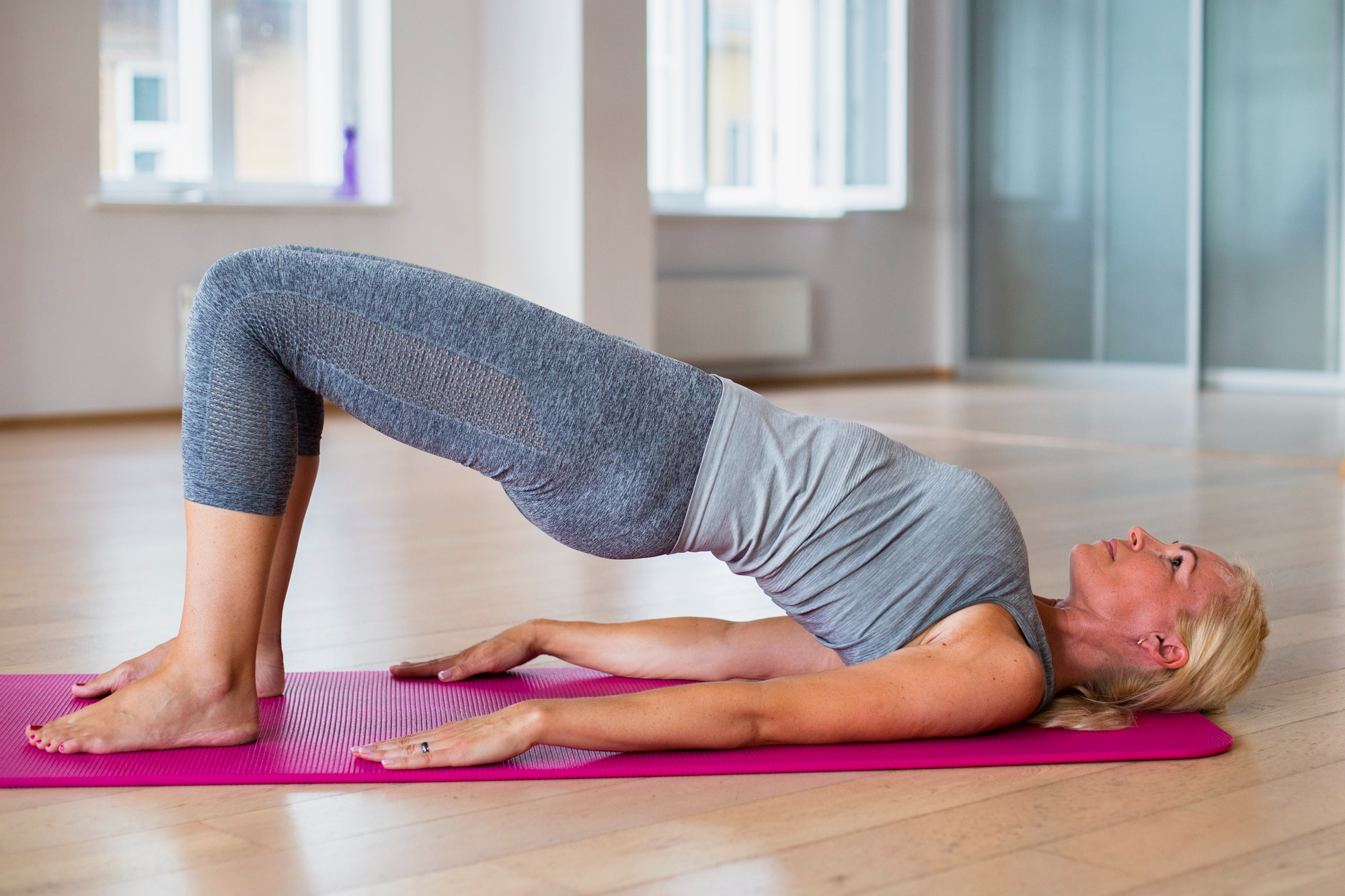
One exercise that I highly recommend to include as part of your workout routine is the bridge exercise or hip raise. If you're looking to strengthen your core, improve your posture, and target multiple muscle groups all at once, the bridge exercise is a must-try. In this article, I will delve into what the bridge exercise is, the benefits of incorporating it into your workout routine, how to properly perform the bridge exercise, and a few different variations to keep things interesting.
What is the Bridge Exercise?
The bridge exercise, also known as a hip raise, is a simple yet effective bodyweight exercise that targets the muscles in your glutes, hamstrings, and lower back. By lifting your hips off the ground and holding the position, you engage your core muscles and improve stability in your pelvic region. This exercise can be done anywhere, without the need for any equipment, making it a convenient addition to your workout routine.
Benefits of Doing the Bridge Exercise
- Strengthens Core Muscles: The bridge exercise primarily targets your core muscles - glutes, hips, abdominals, lower back - helping to improve overall stability and posture.
- Improves Glute Strength: By engaging your glutes during the bridge exercise, you can strengthen these important muscles, which can help alleviate lower back pain and improve athletic performance as well as improving the overall appearance of you glutes.
- Enhances Hip Mobility: Performing the bridge exercise regularly can help improve hip mobility, which is essential for everyday movements such as walking, running, and bending or engaging in many sports or athletic activities like rollerblading.
- Prevents Injury: Strengthening the muscles around your hips, lower back, and core can help prevent injuries, especially in the lower body, by improving stability and balance.
- Boosts Athletic Performance: Strengthening the glutes and core muscles through the bridge exercise can enhance athletic performance in various sports and activities.
How to Do the Bridge Exercise
To perform the bridge exercise correctly, follow these steps:
- Lie on your back with your knees bent and feet flat on the floor, hip-width apart.
- Engage your core and slowly lift your hips off the ground, squeezing your glutes at the top.
- Hold the position for a few seconds, then lower your hips back down to the starting position.
- Repeat for a set number of reps, aiming for 10-12 reps to start.
Tip: Make sure to keep your core engaged throughout the exercise and avoid arching your back excessively.
Variations of the Bridge Exercise
- Single Leg Bridge: Lift one leg off the ground while performing the bridge exercise to increase the challenge and target each leg individually.
- Weighted Bridge: Place a weight or resistance band over your hips to add resistance and further strengthen your glutes and hamstrings.
- Bridge Marches: Lift one leg off the ground at a time while holding the bridge position, alternating between legs to engage your core and hip flexors.
Whether you're a beginner looking to improve core strength or an advanced athlete wanting to add variety to your workouts, the bridge exercise is a versatile and effective movement to include in your fitness routine. Remember to focus on proper form and alignment to maximize the benefits and prevent injury.
Conclusion
The bridge exercise is a valuable addition to any workout routine, offering a range of benefits for core strength, posture, and overall muscle engagement. By incorporating different variations of the bridge exercise, you can continue to challenge your body and see progress over time. So why wait? Start bridging your way to a stronger and more stable core today!